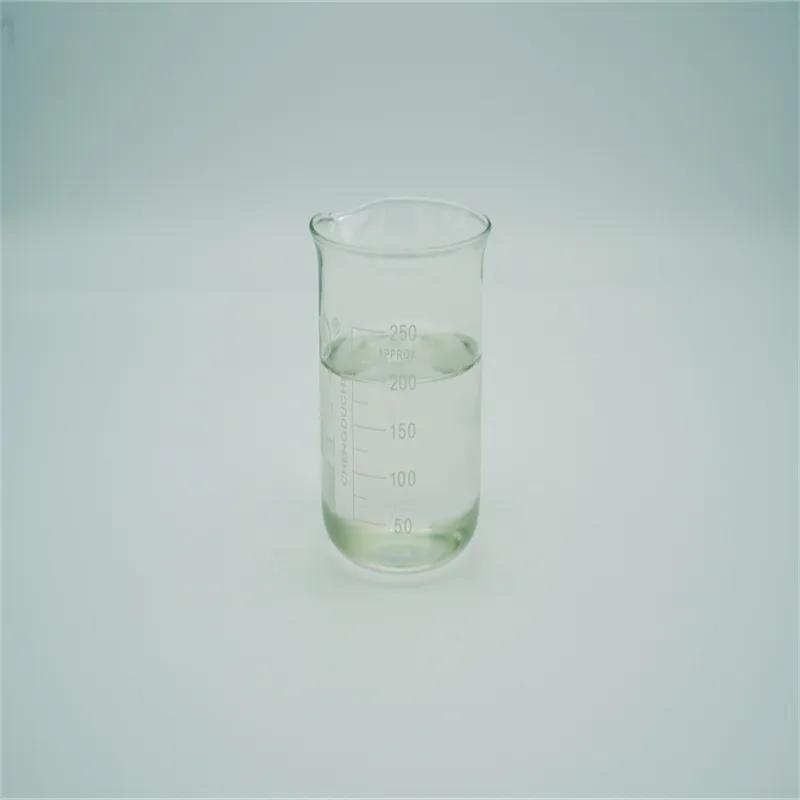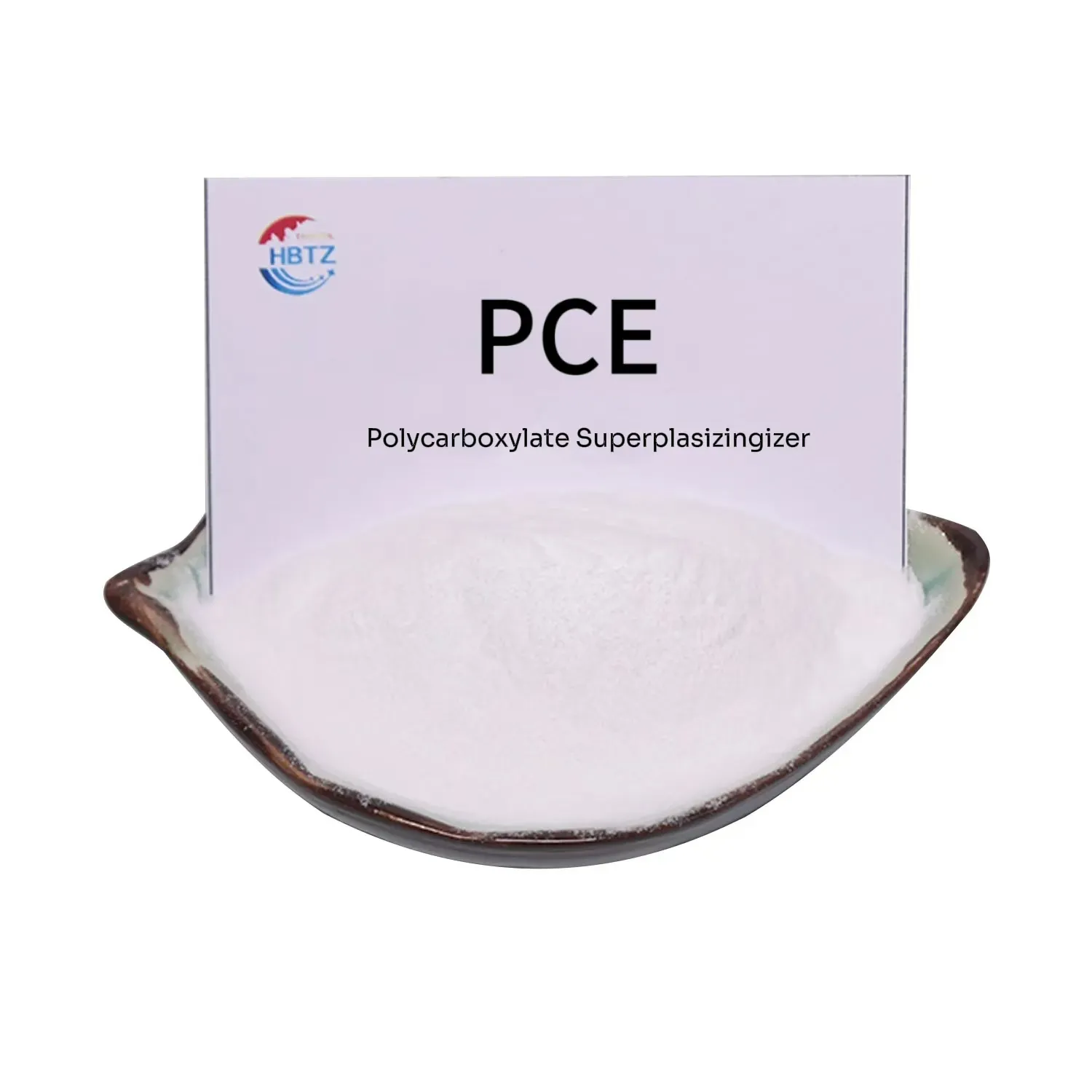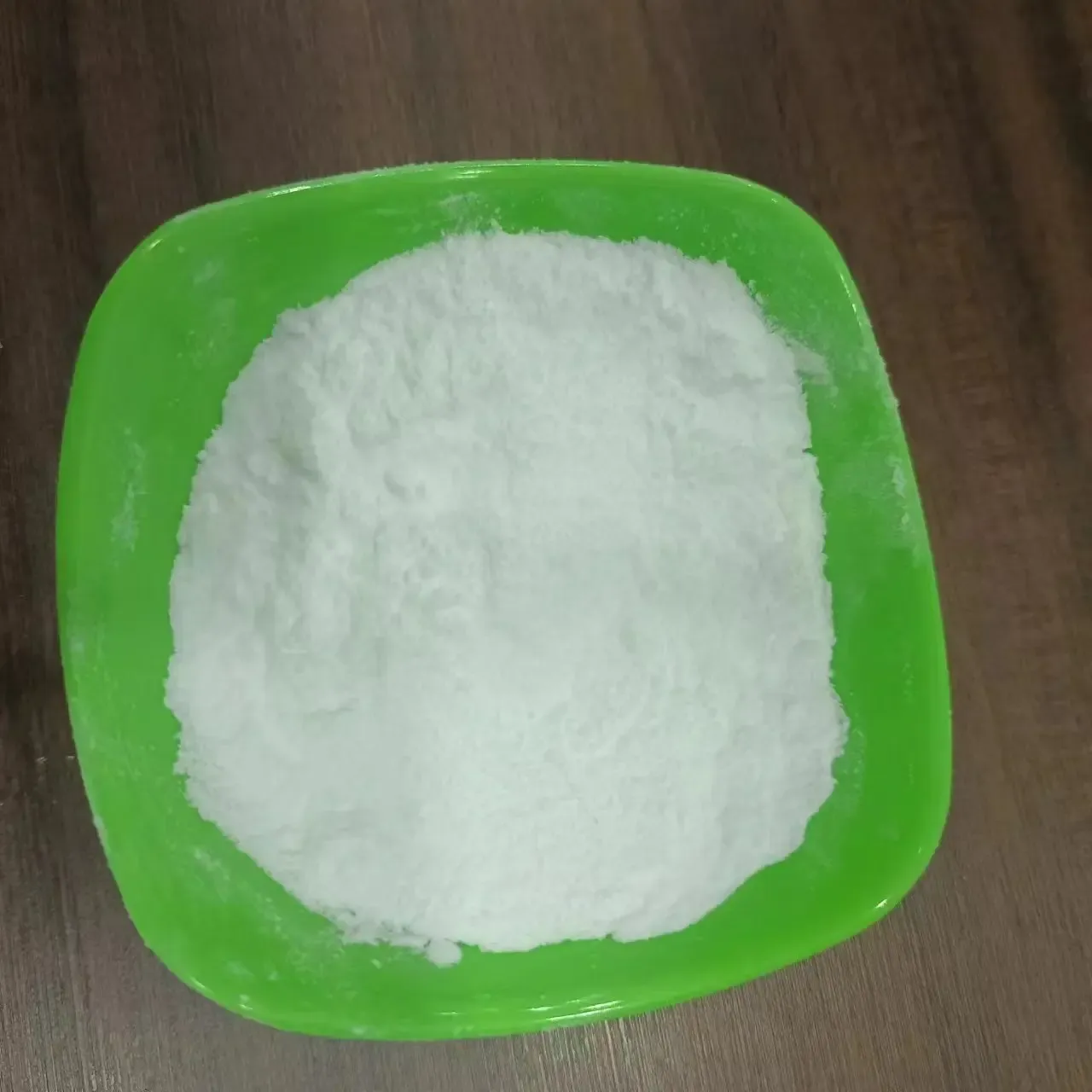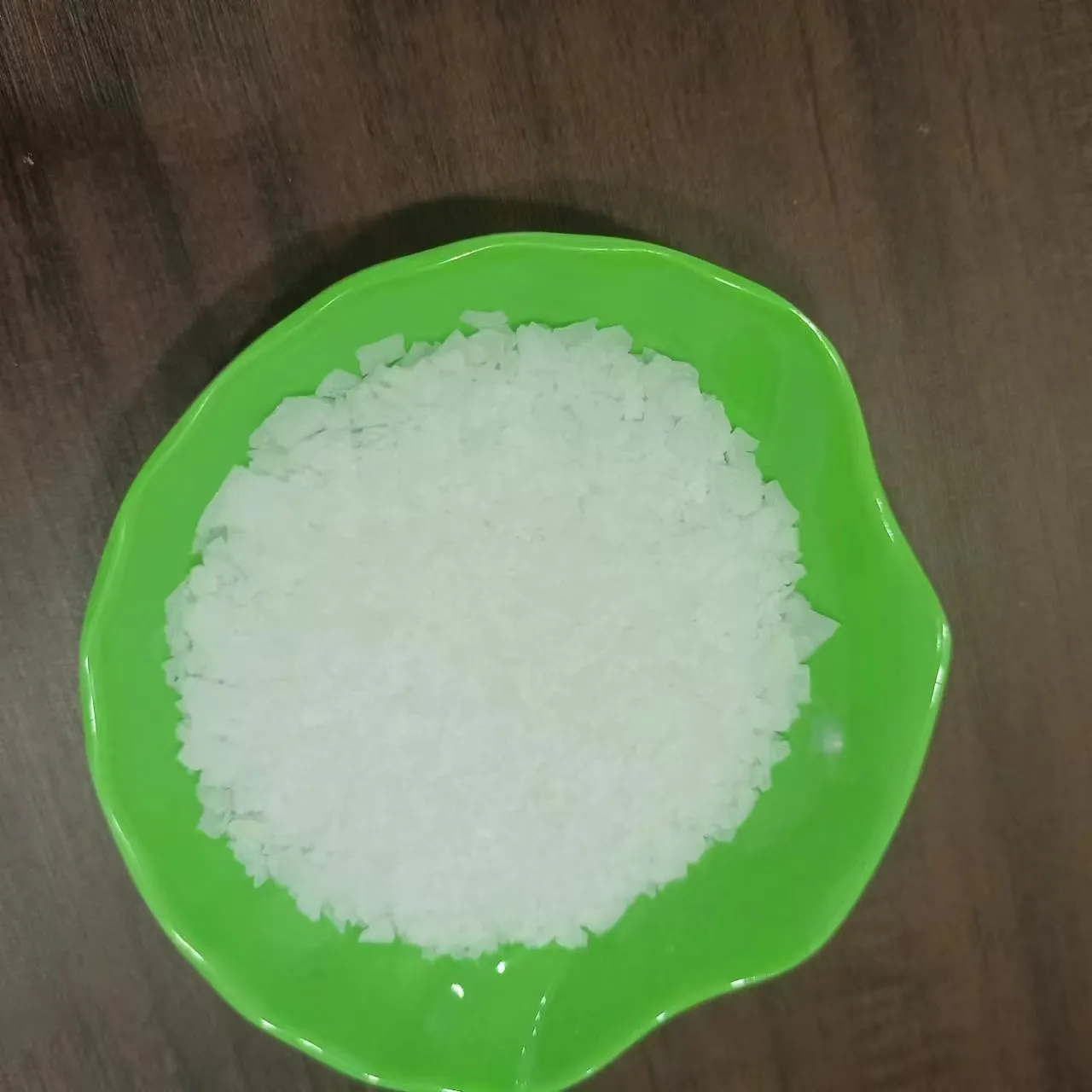
High-Performance Concrete Water Reducer | Boost Strength & Flow
Introduction to High-Performance Concrete Admixtures
In the realm of modern construction, the pursuit of enhanced concrete performance, durability, and sustainability is paramount. Central to achieving these objectives is the intelligent application of advanced chemical admixtures. Among these, the concrete water reducer, specifically Polycarboxylate Superplasticizer (PCE), stands as a cornerstone technology. This sophisticated admixture significantly improves the workability of concrete at low water-cement ratios, enabling the production of high-strength, high-performance concrete with superior mechanical and durability properties.
PCE-based superplasticizers are complex polymers designed to deflocculate cement particles, releasing trapped water and facilitating better dispersion. This results in a substantial reduction in the water required for a given slump, leading to denser, stronger, and more impermeable concrete. Their versatility makes them indispensable across a wide array of construction applications, from intricate architectural designs to demanding civil engineering projects.
Industry Trends and Market Dynamics
The global market for concrete admixtures, particularly superplasticizers, is experiencing robust growth, driven by several key trends. Rapid urbanization, increasing investments in infrastructure development, and a growing emphasis on sustainable construction practices are fueling demand for high-performance building materials. Moreover, the shift towards more complex and challenging construction projects, such as ultra-high-rise buildings, long-span bridges, and advanced precast elements, necessitates the use of sophisticated admixtures that can deliver superior workability, strength, and durability.
Within this landscape, polycarboxylate ether (PCE) technology has emerged as the industry standard for high-performance water reducers. Its ability to provide exceptional water reduction, superior slump retention, and enhanced early and late-age strength development distinguishes it from older admixture technologies like lignosulfonates and naphthalene sulfonates. The market is also seeing a trend towards customized PCE formulations, tailored to specific cementitious materials, aggregates, and climatic conditions, optimizing performance for each unique project. Manufacturers are continually investing in R&D to develop more efficient and environmentally friendly PCE variants, further solidifying its position as a critical component in modern concrete technology.

Manufacturing Process of Polycarboxylate Superplasticizers
The production of a high-quality concrete water reducer like Polycarboxylate Superplasticizer (PCE) involves a complex, multi-stage chemical synthesis process. This ensures the precise molecular architecture required for optimal performance in concrete.
Process Flow:
- Raw Material Sourcing and Preparation: Key raw materials include acrylic acid, maleic anhydride, polyethylene glycol (PEG) of various molecular weights, and specialized initiators. These materials are meticulously selected for purity and consistency to ensure predictable polymerization outcomes.
- Esterification (if applicable): Depending on the specific PCE chemistry, an esterification reaction might occur to introduce polyether side chains onto the main polymer backbone, which is crucial for steric hindrance.
- Polymerization Reaction: This is the core manufacturing stage, typically involving free radical polymerization in an aqueous solution. Monomers (e.g., acrylic acid derivatives) and macromonomers (e.g., PEG-based esters) are reacted under precisely controlled temperature, pressure, and pH conditions, often in a batch or semi-batch reactor. The ratio of monomers dictates the final polymer's charge density and side-chain length, which are critical for water reduction and slump retention properties.
-
Post-Polymerization Processing:
- Neutralization: Adjusting the pH of the polymer solution to a stable range.
- Filtration: Removing any insoluble impurities to ensure a clean product.
- Concentration: Evaporating excess water to achieve the desired solid content, which can range from 20% to 50% or higher, depending on the application and desired product form (liquid concentrate or powder).
-
Quality Control and Testing: Throughout the entire process, rigorous testing is conducted. This includes:
- Spectroscopic Analysis: FTIR and GPC to confirm molecular structure and molecular weight distribution.
- Rheological Testing: Viscosity and flow characteristics of the PCE solution.
- Concrete Performance Tests: Small-batch concrete trials to evaluate water reduction rate, slump retention, air content, and compressive strength development according to standards like ASTM C494 or EN 934-2.
- Formulation and Packaging: The concentrated PCE is often blended with other specific components to create tailored formulations. Finally, it is packaged into various container111s, from drums to IBC tanks or bulk liquid transfers, adhering to strict safety and labeling standards.
Quality Assurance and Standards Compliance
Adherence to international standards is critical for ensuring product reliability and performance. Manufacturers typically operate under ISO 9001 certified quality management systems. Product performance is validated against industry benchmarks such as ASTM C494 (Standard Specification for Chemical Admixtures for Concrete) and EN 934-2 (Admixtures for Concrete, Mortar and Grout - Concrete Admixtures - Definitions, Requirements, Conformity, Marking and Labelling). These standards dictate minimum performance criteria for parameters like water reduction, set time modification, and compressive strength ratios, ensuring the product's suitability for target industries including petrochemical, metallurgy, and water supply & drainage.
The service life of concrete enhanced with PCE is significantly extended due to improved durability, including enhanced corrosion resistance from reduced permeability, and greater resistance to freeze-thaw cycles. This contributes to energy saving by reducing maintenance and replacement costs over the lifespan of structures.
Technical Specifications of Polycarboxylate Superplasticizer
Polycarboxylate Superplasticizers (PCE) are engineered to meet stringent technical parameters, which dictate their effectiveness and applicability in various concrete mixes. The following table outlines typical specifications for a high-performance concrete water reducer:
| Parameter | Typical Specification | Testing Standard (Example) |
|---|---|---|
| Appearance | Light yellow to brown liquid | Visual Inspection |
| Solid Content (%) | 40.0 ± 2.0 | ASTM C494 |
| pH Value (20℃) | 5.0 - 7.0 | ASTM E70 |
| Chloride Ion Content (%) | ≤ 0.02 | ASTM C1152 |
| Water Reduction Rate (%) | ≥ 25.0 (up to 40% for specific formulations) | ASTM C494 Type F/G |
| Air Content (at target slump, %) | 2.0 - 4.5 | ASTM C231 |
| Alkali Content (Na2Oeq, %) | ≤ 0.5 (typically very low) | ASTM C114 |
| Initial Slump Retention (min) | 90 - 180 (depending on formulation) | ASTM C143 |
| 28-Day Compressive Strength Ratio (relative to control, %) | ≥ 120 | ASTM C39 |
These specifications highlight PCE's ability to deliver high-performance concrete characteristics essential for demanding construction applications.

Technical Advantages and Performance Superiority
The adoption of Polycarboxylate Superplasticizers as a concrete water reducer brings forth a multitude of technical advantages that significantly enhance concrete quality and construction efficiency:
- Exceptional Water Reduction: PCEs can reduce mixing water by 25-40% or more, allowing for the production of ultra-high-strength concrete (UHPC) or maintaining workability with reduced cement content, leading to cost savings and lower carbon footprint.
- Superior Slump Retention: Unlike conventional superplasticizers, PCEs provide prolonged slump retention without significant retardation of setting time. This is crucial for long-distance transport, hot weather concreting, and projects requiring extended workability.
- Enhanced Mechanical Strengths: By enabling lower water-cement ratios, PCEs contribute to significantly higher early and ultimate compressive and flexural strengths, allowing for faster demolding, quicker project progression, and more durable structures.
- Improved Durability: Reduced water content leads to denser concrete with lower permeability, dramatically increasing resistance to aggressive chemical attacks (e.g., sulfates, chlorides), freeze-thaw cycles, and abrasion. This naturally enhances corrosion resistance of reinforcing steel within the concrete matrix, extending the structure's service life.
- Optimized Rheology for Self-Compacting Concrete (SCC): PCE formulations are pivotal for producing SCC, which flows under its own weight to fill formwork completely, even in congested reinforcement, without external vibration. This improves construction speed, reduces labor, and ensures superior surface finish.
- Energy Saving and Environmental Benefits: By requiring less water, the energy consumption for concrete mixing and pumping can be reduced. Furthermore, the ability to achieve higher strengths with less cement (or through optimized mix designs) contributes to a lower carbon footprint in concrete production.
- Broad Compatibility: PCEs are highly compatible with various types of cement (OPC, blended cements), supplementary cementitious materials (fly ash, GGBFS, silica fume), and other admixtures, offering flexibility in mix design.
Diverse Application Scenarios
The unparalleled performance of Polycarboxylate Superplasticizers makes them essential across a wide spectrum of modern construction and industrial applications. This concrete water reducer is vital wherever high performance, durability, and efficiency are paramount:
- High-Rise Buildings and Superstructures: Facilitates pumping of high-strength concrete to extreme heights, ensuring consistent workability and rapid strength development for faster construction cycles.
- Bridges, Tunnels, and Heavy Civil Infrastructure: Essential for producing durable concrete resistant to harsh environmental conditions, extending the service life of critical infrastructure. Improves concrete flow for complex forms and highly reinforced sections, enhancing structural integrity.
- Precast Concrete Industry: Enables faster production cycles due to high early strength, leading to quicker demolding and increased throughput. Improves surface finish and product consistency for elements like panels, pipes, and railway sleepers.
- Self-Compacting Concrete (SCC): The backbone of SCC mixes, allowing concrete to flow and consolidate under its own weight, eliminating the need for vibration, reducing noise, and improving worker safety and concrete quality in intricate forms.
- High-Strength and Ultra-High-Performance Concrete (UHPC): Crucial for achieving exceptionally low water-cement ratios required for UHPC, which offers superior strength, ductility, and durability for specialized structural applications.
- Nuclear Power Plants and Hydroelectric Dams: Where structural integrity, impermeability, and long-term durability are non-negotiable, PCE ensures the highest quality concrete for these critical energy infrastructures.
- Specialty Mortars and Grouts: Enhances flowability and reduces water content in specialized applications like tile adhesives, repair mortars, and injection grouts, ensuring optimal performance.

Vendor Comparison and Strategic Selection
Choosing the right supplier for polycarboxylate ether (PCE) is a critical decision that impacts project performance, cost-efficiency, and overall reliability. A comprehensive evaluation involves more than just the polycarboxylate ether price; it requires assessing technical capabilities, product consistency, support, and customization potential. Below is a comparative overview of key criteria:
| Feature/Criterion | Tangzhi HPMC (Example) | Vendor B (Generic) | Vendor C (Budget) |
|---|---|---|---|
| Water Reduction Rate | >30%, consistently high | 25-30%, variable | ~20-25%, inconsistent |
| Slump Retention | Excellent (90-180 min+) | Good (60-90 min) | Limited (<60 min) |
| Customization Capability | High, R&D support for tailored solutions | Moderate, standard variants | Low, off-the-shelf products |
| Certifications & Standards | ISO 9001, ASTM C494, EN 934-2 | Basic quality certs | Limited or absent |
| Technical Support | Dedicated expert team, on-site assistance | Email/phone support | Minimal to none |
| Lead Time & Logistics | Efficient global logistics, reliable delivery | Standard, regional focus | Potentially extended |
| Pricing Model | Competitive value, transparent pricing | Mid-range | Low initial cost, higher risk |
When evaluating suppliers, it is crucial to consider the total cost of ownership rather than just the upfront polycarboxylate ether price. A higher-quality PCE, while potentially having a slightly higher unit cost, can lead to significant savings through reduced cement content, improved workability (less re-tempering), fewer defects, faster construction, and enhanced long-term durability of the concrete structure. Tangzhi HPMC, for instance, emphasizes not only product quality but also comprehensive technical support and tailored solutions, ensuring optimal project outcomes.

Tailored Solutions and Technical Partnership
The diverse nature of construction projects, coupled with variations in raw materials (cement, aggregates), regional climatic conditions, and specific performance requirements, necessitates highly customized concrete water reducer solutions. A true technical partner understands that a one-size-fits-all approach is insufficient for achieving optimal concrete performance.
Leading manufacturers, such as Tangzhi HPMC, offer bespoke PCE formulations. This involves:
- Mix Design Optimization: Collaborating with clients to develop specific concrete mix designs that achieve desired strengths, workability, and durability using the most efficient dosage of PCE.
- Cement and Aggregate Compatibility: Conducting laboratory trials with client-specific cement and aggregate sources to ensure optimal PCE performance and avoid adverse interactions.
- Performance Customization: Adjusting PCE molecular structure to tailor properties such as initial slump, slump retention, early strength development, and air content to meet unique project demands (e.g., extremely long hauls, rapid construction schedules, or specialized finish requirements).
- On-Site Technical Assistance: Providing expert technical support during initial trials and throughout project execution to troubleshoot and optimize admixture performance in real-world conditions.
This level of technical partnership ensures that clients not only receive a high-quality product but also leverage expert knowledge to maximize its benefits, leading to superior concrete quality and significant project efficiencies.
Real-World Application Case Studies
The practical application of Polycarboxylate Superplasticizers (PCE) has consistently demonstrated their transformative impact on large-scale construction projects. These case studies highlight the tangible benefits derived from using a high-performance concrete water reducer.
Case Study 1: High-Rise Residential Tower, Metropolis City
- Challenge: Constructing a 60-story residential tower required pumping C60 high-strength concrete to significant heights while maintaining extended workability for large floor pours. Rapid demolding was crucial for meeting tight deadlines.
- Solution: A customized PCE formulation with a water reduction rate of 35% and slump retention of over 120 minutes was utilized. This allowed for precise control of concrete rheology during pumping and placement.
- Result: The project achieved consistent concrete quality at all levels, with early compressive strengths exceeding design specifications, enabling a 20% faster floor-cycle time. Customer feedback highlighted the exceptional pumpability and reduced labor for compaction.
Case Study 2: Coastal Expressway Bridge, Oceania Region
- Challenge: Building a long-span bridge in a harsh coastal environment demanded highly durable concrete with excellent resistance to chloride ingress and aggressive sulfate attacks. Large structural elements also required self-compacting properties.
- Solution: A specialized PCE designed for marine environments was employed, allowing for low water-cement ratios (0.32) and exceptional flow characteristics for SCC application in complex formwork.
- Result: The concrete exhibited significantly reduced permeability, extending the projected service life of the bridge by decades. The SCC capabilities streamlined casting processes for columns and pile caps, reducing vibration needs and ensuring void-free concrete.
Case Study 3: Precast Concrete Plant Upgrade, Industrial Hub
- Challenge: A precast concrete manufacturer aimed to increase production output and improve the surface finish of their products (e.g., railway sleepers, architectural panels).
- Solution: Implemented a fast-setting PCE variant designed for high early strength, combined with specific defoamers to reduce surface blemishes.
- Result: Demolding times were reduced by 30%, increasing daily production capacity. The aesthetic quality of the precast elements improved dramatically, leading to higher customer satisfaction and fewer rejected products due to surface imperfections.

Commitment to Trust and Support
Building trust with B2B clients requires more than just high-quality products; it demands comprehensive support, transparent processes, and unwavering commitment. Tangzhi HPMC prides itself on establishing long-term partnerships built on reliability and expert assistance.
Frequently Asked Questions (FAQ)
A: The typical dosage ranges from 0.5% to 2.0% by weight of cementitious materials, but this can vary based on specific PCE type, cement chemistry, desired water reduction, and ambient conditions. We recommend conducting trials for precise optimization.
A: Yes, PCE is generally compatible with most other admixtures, including air-entraining agents, retarders, and accelerators. However, it is crucial to perform compatibility tests to ensure optimal performance and avoid adverse interactions. Always add admixtures separately to the mix water or directly to the concrete mixer.
A: PCE should be stored in original, unopened container111s in a dry, cool, and well-ventilated area, protected from direct sunlight and freezing temperatures. Shelf life typically ranges from 12 to 24 months, depending on the specific product and storage conditions.
Lead Time & Fulfillment Details
We maintain efficient production lines and robust supply chain logistics to ensure timely delivery. Standard lead times for common PCE formulations are typically 7-14 business days from order confirmation, depending on volume and destination. For customized solutions, lead times will be confirmed after formulation development and approval. Our global distribution network supports both domestic and international shipments, with options for various container111 sizes and bulk deliveries.
Warranty Commitments
Tangzhi HPMC warrants that its Polycarboxylate Superplasticizer products conform to the published technical specifications and are manufactured under stringent ISO 9001 quality control standards. In the event of any product quality issues, our technical team will promptly investigate and provide appropriate solutions, ensuring client satisfaction and project integrity. Specific warranty details are outlined in our product data sheets and sales agreements.
Customer Support Information
Our dedicated customer support team and technical experts are available to assist with product selection, application guidance, troubleshooting, and post-sales inquiries. Please contact us via:
- Email: sales@tangzhihpmc.com (placeholder)
- Phone: +86-123-4567-890 (placeholder)
- Website: www.tangzhihpmc.com (for online inquiries and resources)
We are committed to providing responsive and knowledgeable support to ensure the success of your projects.
Driving Sustainable Concrete Innovations
The role of Polycarboxylate Superplasticizers as a high-performance concrete water reducer is undeniably pivotal in advancing modern construction. Its technical superiority in enhancing workability, strength, and durability provides engineers and contractors with the tools to construct more resilient, efficient, and sustainable infrastructure.
As the industry continues to push the boundaries of concrete technology, the ongoing development and judicious application of PCE will remain at the forefront, enabling innovative designs and ensuring the longevity of critical structures worldwide. Partnering with a technically proficient and reliable supplier ensures access to not just a product, but a comprehensive solution that meets the evolving demands of the global construction market.
References
- American Concrete Institute (ACI) Committee 212.3R-10. (2010). Report on Chemical Admixtures for Concrete. Farmington Hills, MI: ACI.
- ASTM C494/C494M-19. (2019). Standard Specification for Chemical Admixtures for Concrete. West Conshohocken, PA: ASTM International.
- EN 934-2:2009+A1:2012. (2012). Admixtures for Concrete, Mortar and Grout - Concrete Admixtures - Definitions, Requirements, Conformity, Marking and Labelling. European Committee for Standardization.
- J. Plank. (2004). Superplasticizing Admixtures for Concrete. In P.C. Hewlett (Ed.), Lea's Chemistry of Cement and Concrete (4th ed., pp. 830-867). Elsevier.
- P. Flatt, R. Scherer, N. Schwabe, L. Michel, and S. V. D. V. K. T. (2009). The role of polymer adsorption in the performance of PCE superplasticizers. Cement and Concrete Research, 39(8), 757-768.
-
Find Trusted Microfibrillated Cellulose Suppliers for Sustainable Industrial SolutionsNewsNov.24,2025
-
Leading Methocel Suppliers: Quality, Innovation & Sustainability in Methylcellulose SupplyNewsNov.23,2025
-
Reliable Hydroxyethylcellulose Suppliers for Industry & Sustainability | Tangzhi HPMCNewsNov.23,2025
-
Top Ethyl Cellulose Supplier – Quality, Sustainability, and Industrial SupportNewsNov.23,2025
-
Trusted CMC Powder Suppliers for Food, Pharma & Industrial Use | Tangzhi HPMCNewsNov.22,2025
-
Reliable Cellulose Powder Suppliers for Sustainable Industry Solutions | Tangzhi HPMCNewsNov.22,2025





















